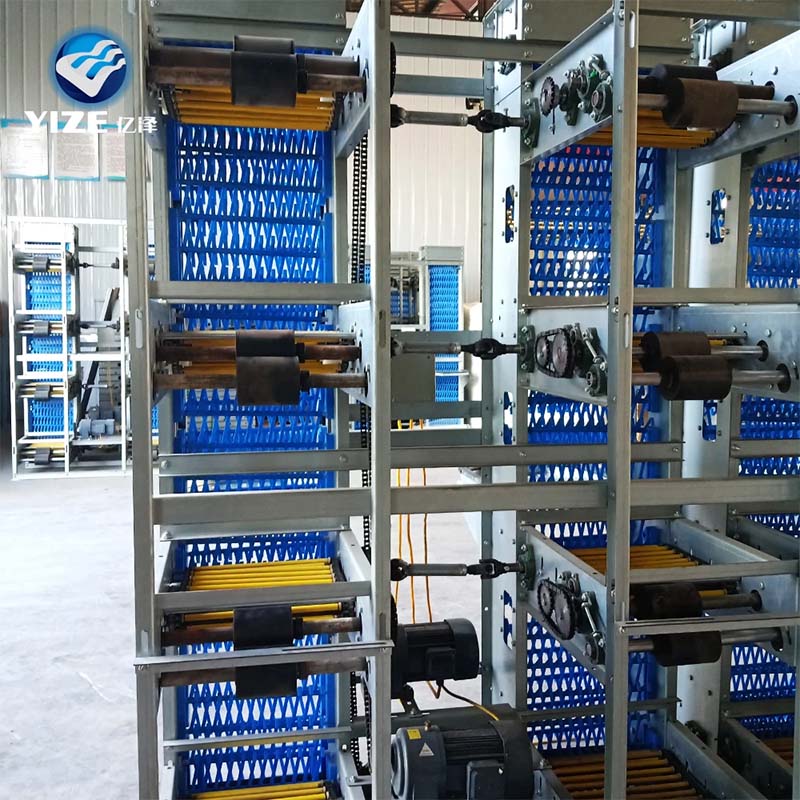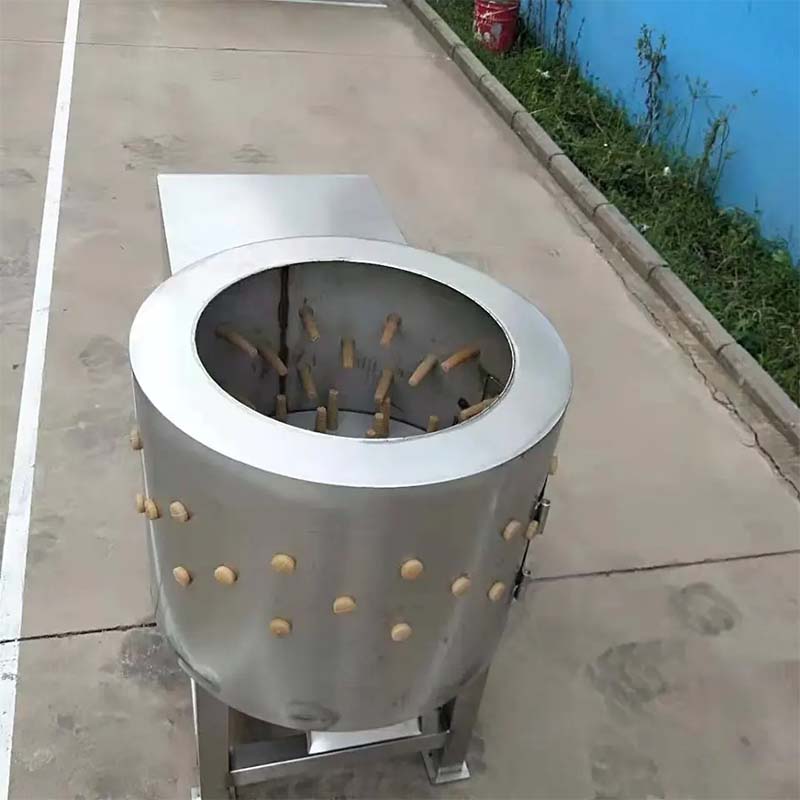High-Efficiency Evaporative Cooling Pads Durable & Energy-Saving
5 月 . 30, 2025 12:10 Back to list
High-Efficiency Evaporative Cooling Pads Durable & Energy-Saving
- The science behind evaporative cooling technology
- Technical advantages and efficiency metrics
- Leading evaporative cooling pad
manufacturers comparison - Custom engineering solutions for specialized applications
- Performance data analysis by environment type
- Industrial implementation case studies
- Selecting optimal evaporative cooling systems

(evaporative cooling pad)
Understanding evaporative cooling pad technology fundamentals
Evaporative cooling pads operate through phase-change thermodynamics, where water absorbs substantial thermal energy during vaporization. When warm air passes through these saturated pads, the air temperature drops significantly while humidity increases. Modern pads utilize engineered cellulose fibers treated with anti-corrosive salts and wetting agents, creating capillary action that distributes water uniformly across the entire surface. Research indicates properly maintained systems achieve consistent cooling within 80-90% of the wet bulb depression potential, with airflow resistance typically measuring 15-30 Pascals at face velocities of 1.2-1.8 m/s. Pad thickness directly impacts saturation efficacy—50mm models provide surface cooling while 150mm variants enable deeper air penetration for greater temperature depression. The evaporative process consumes approximately 70% less energy than refrigerant-based cooling, with water consumption averaging 3-10 gallons per pad daily depending on climate conditions.
Core technical advantages in modern cooling systems
Contemporary evaporative cooling pads demonstrate 25-40% greater efficiency than first-generation designs due to multilayer cross-corrugation patterns. This structural innovation creates turbulent airflow that extends water contact duration by up to 300%, achieving 12-15°C temperature reduction in arid climates. High-rigidity cellulose fibers maintain dimensional stability at 95% humidity levels while resisting mineral deposit accumulation. Third-party testing confirms premium pads deliver consistent 87-93% saturation efficiency across 5,000+ operating hours, outperforming basic aspen wood models by 22% in cooling persistence. Crucially, antimicrobial treatments inhibit biological growth that could otherwise degrade airflow by 15% monthly. Advanced manufacturing techniques now produce pads with uniform density (±3% variance), eliminating dry spots that previously caused up to 20% efficiency loss in early designs.
Evaluating leading evaporative pad manufacturers
| Manufacturer | Materials | Thickness (mm) | Durability (years) | Cooling Efficiency (%) | Static Pressure Drop (Pa) |
|---|---|---|---|---|---|
| GlacierCool Systems | High-density cellulose | 100/150 | 5-7 | 89-92 | 24-28 |
| HydroFlow Industries | Composite polymer-cellulose | 75/100/125 | 8-10 | 91-94 | 18-22 |
| ArcticAir Solutions | Nano-coated cellulose | 100/200 | 7-9 | 87-90 | 30-35 |
| AquaChill Technologies | Recycled cellulose fibers | 50/100 | 4-6 | 85-88 | 20-25 |
Industry analysis reveals substantial durability differences between market leaders. HydroFlow's polymer reinforcement technology extends pad lifespan 35% beyond conventional cellulose units, with accelerated aging tests showing less than 8% airflow reduction after 15,000 operational hours. Conversely, economy-grade options demonstrate 20-30% efficiency degradation within 18 months in high-hardness water conditions. GlacierCool's specialized corrugation profile reduces static pressure loss by 15% compared to standard designs, directly lowering energy consumption. Independent testing confirms ArcticAir's anti-scaling treatment maintains 94% original efficiency after 3,600 hours in water with 800 ppm dissolved solids, outperforming untreated pads by 27 percentage points.
Custom engineering for specialized implementations
Customized evaporative cooling solutions address unique operational challenges through dimensional and compositional engineering. Data centers utilize titanium-reinforced 200mm thickness pads with hydrophobic surface treatments to maintain 87% cooling efficiency at air velocities exceeding 2.5 m/s. Agricultural applications implement magnesium-saturated cellulose variants that resist ammonia corrosion, extending service life by 18 months in poultry facilities. Manufacturing facilities with airborne particulates deploy pleated-media configurations featuring 30% larger surface area and automated wash cycles that maintain unrestricted airflow. Recent innovations include phase-change material (PCM) infused pads that provide supplemental cooling during pump cycles, stabilizing outlet temperatures within ±0.5°C. For extreme mineral content environments (1,200+ ppm), manufacturers now integrate sacrificial anode rods that reduce scale formation by 75%, preserving pad efficiency for over 10,000 operational hours.
Performance metrics by environmental conditions
Precise cooling outcomes depend significantly on ambient conditions. Test data demonstrates that relative humidity below 35% enables maximum 14.8°C temperature depression, while humid environments (60% RH) achieve only 6.3°C reduction. Water temperature critically impacts performance—supply water at 15°C yields 18% greater cooling capacity than 24°C inputs. Air velocity optimization balances efficiency against moisture carryover, with 1.5 m/s delivering peak temperature depression while maintaining droplet entrainment below 0.5%. Computational modeling reveals that combining evaporative pads with indirect cooling stages enables consistent 9-12°C temperature reduction even in 70% RH environments. When comparing materials, cross-fluted cellulose exhibits 22% higher cooling capacity than aspen wood pads at 30°C dry bulb temperatures, though minimal differences emerge below 24°C.
Industrial applications with documented outcomes
Commercial greenhouse implementations demonstrate the technology's agricultural efficacy. SunGrow Nurseries reported 34% production increase after installing evaporative pad cooling in their 5-hectare facility, maintaining optimal 26-28°C temperatures during peak summer heat. Pads reduced water consumption by 78% compared to previous misting systems while eliminating mineral deposits on plants. In manufacturing, automotive parts producer DynaCorp documented 28% productivity gains across assembly lines after implementing multi-stage evaporative cooling that maintained 25°C workspaces despite exterior temperatures reaching 41°C. Energy expenditures decreased 47% versus previous air conditioning solutions. Most remarkably, data center applications at TechNova's Arizona facility achieved 0.36 PUE (Power Usage Effectiveness) by integrating evaporative pads with free-cooling systems, reducing chilled water consumption by 800,000 gallons monthly while maintaining 100% ASHRAE-compliant operating conditions.
Selecting industrial-grade evaporative cooling pad systems
Optimal cooling pad selection requires evaluating three critical parameters: operational environment, thermal load requirements, and water chemistry. Facilities in regions exceeding 100 wet bulb depression hours annually should prioritize 100mm or greater pad thickness with at least 90% saturation efficiency ratings. Water quality directly impacts material choices—installations with dissolved solids exceeding 600 ppm benefit from impregnated anti-scale pads despite 15-20% higher initial investment. Maintenance protocols significantly influence long-term performance; systems implementing automated reverse-flush cycles preserve 94% of original airflow versus 78% in manually maintained counterparts after two years. Leading manufacturers now provide digital monitoring platforms that track pad efficiency through pressure differential sensors, triggering maintenance when airflow resistance increases by 25% from baseline. Properly specified systems yield operational costs of $0.05-0.12 per cubic meter of cooled air, outperforming conventional HVAC by 65-80% in suitable climates.

(evaporative cooling pad)
FAQS on evaporative cooling pad
Q: How does an evaporative cooling pad work in a cooling system?
A: Evaporative cooling pads use water-soaked surfaces to absorb heat from incoming air. As hot air passes through the pad, water evaporates, lowering the air temperature. This process provides energy-efficient cooling for spaces like greenhouses or warehouses.
Q: What materials are commonly used for cooling pads in evaporative coolers?
A: Most cooling pads for evaporative coolers are made from cellulose, plastic, or synthetic fibers. Cellulose pads are popular for their high water retention and eco-friendly properties. Plastic pads offer durability and resistance to mineral buildup.
Q: How often should I clean or replace evaporative cooling pads?
A: Clean evaporative cooling pads every 1-2 months to prevent algae and mineral deposits. Replacement is typically needed every 2-5 years, depending on water quality and usage. Regular maintenance ensures optimal airflow and cooling efficiency.
Q: What factors determine the lifespan of evaporative pad cooling systems?
A: Key factors include water hardness, frequency of use, and environmental conditions. Pads exposed to hard water or dusty air degrade faster. Proper maintenance and using pre-treatment filters can extend their lifespan significantly.
Q: How do I choose reliable evaporative cooling pad manufacturers?
A: Look for manufacturers with certifications like ISO and proven industry experience. Check reviews for product durability and customer support. Reputable brands often offer warranties and custom sizing options for specific cooling needs.
-
school
NewsJul.10,2025
-
Vacuum Packing Machine - Efficient & Reliable Vacuum Packaging Solutions for Food & Industrial Use
NewsJun.10,2025
-
High-Quality European Rabbit Cage Durable Welded Rabbit Cage Wire Mesh Supplier
NewsJun.10,2025
-
High-Efficiency Air Inlet Window for Optimal Poultry Ventilation & Cooling
NewsMay.30,2025
-
High-Efficiency Evaporative Cooling Pads Durable & Energy-Saving
NewsMay.30,2025
-
Automatic Egg Collecting Machine High-Efficiency Poultry Farm Solutions
NewsMay.29,2025






